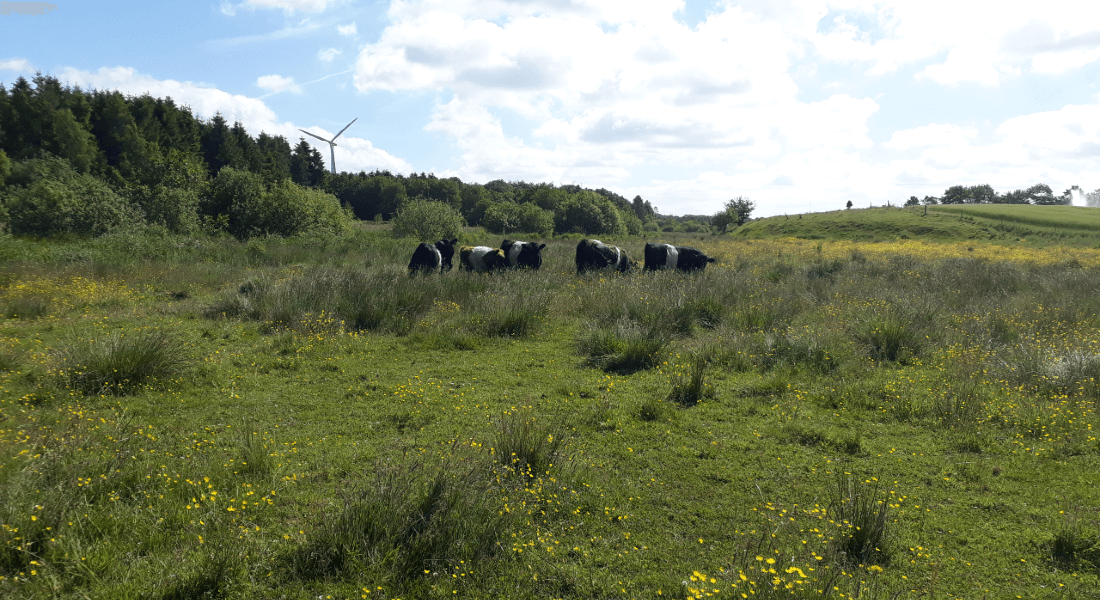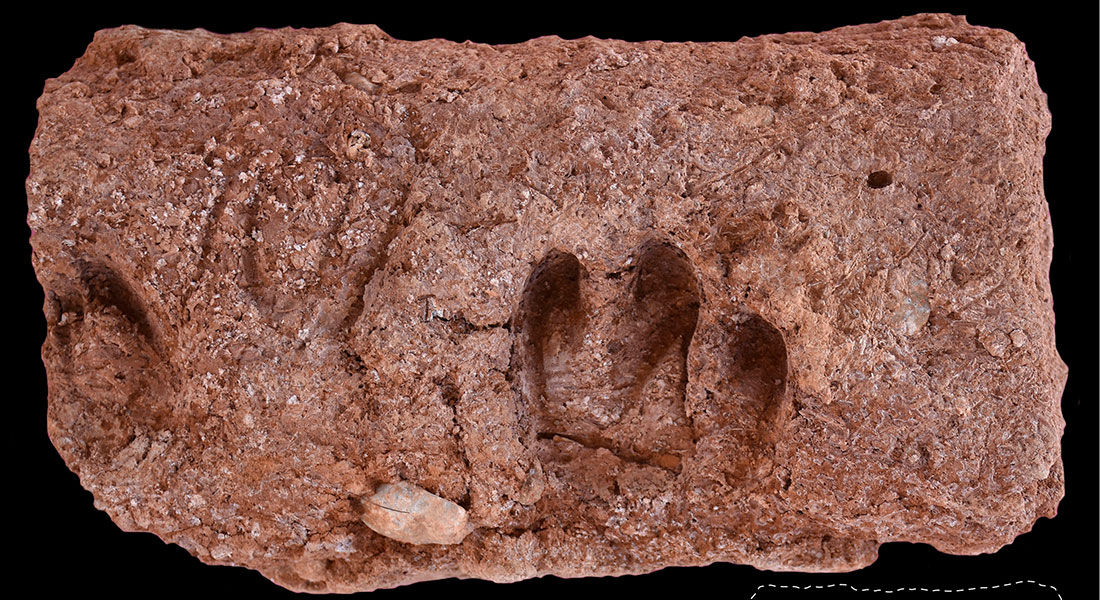
10,000-year-old bones reveal earliest goat herders’ practices
To trace the domestication of the goat, an international team of researchers have analysed 10,000 year-old goat bones from two sites in the Zagros Mountains in present-day western Iran. Using ancient DNA and zooarchaeological analyses the study, which is published today in PNAS, shows that these animals may represent the earliest known example of goat herding. Researchers from the Center for the Study of Early Agricultural Societies (CSEAS) at the University of Copenhagen contributed to the study.

The initial domestication of several animal species, including goats, occurred in the Fertile Crescent during the Neolithic period between 9600-7000 BCE. However, where this domestication first took place has remained unclear. A team of researchers led by Dr. Kevin G. Daly from Trinity College Dublin combined ancient genome sequencing and zooarchaeological evidence from two sites in the central Zagros Mountains to trace the domestication of the wild bezoar goat.
The two sites from which the samples were analysed, Ganj Dareh and Tepe Abdul Hosein, are located in the Zagros Mountains in present-day western Iran. Researchers from the University of Copenhagen and their collaborators from Razi University and the Iranian Center for Archaeological Research excavated the site of Ganj Dareh in 2017 and 2018, which was occupied between 8200 to 7600 BCE .
Together with samples from previous excavations at Ganj Dareh and Tepe Abdul Hosein, stored at the National Museum of Iran and the Smithsonian, the samples were analysed in Copenhagen, Washington and Dublin. While researchers in Washington and Copenhagen identified the age and sex of the animals, the Dublin team sequenced the ancient DNA and compared them with modern and ancient goat genomes.
"The site of Ganj Dareh has been known since the important work conducted by Phillip Smith in the 60’s and 70’s. The opportunity for us as zooarchaeologists to look at additional material was exciting especially since the collaboration with Trinity College Dublin allowed the application of new techniques,” said zooarchaeologist Lisa Yeomans from the Center for the Study of Early Agricultural Societies at the University of Copenhagen
The results suggest that initial goat herding did not lead to either a genetic bottleneck or significant changes in the appearance from wild goats. The appearance of goats only started to change significantly after ca. 7000 BCE. The identification of the age and sex of the goats from this transition period revealed that male goats were killed at a young age – a practice commonly associated with people herding sheep or goat . The presence of great genetic diversity in the mitochondrial DNA compared to the Y-chromosome lineage matched what the researchers could see in the age and sex analysis of the samples.
The study suggests that goats from these sites in the Zagros Mountains are likely basal to other domestic goats and may represent the earliest known examples of goat herding. Goats are amongst the most common and important livestock animals in many parts of the world and tracing the origins of goat herding and management provides new insights into the evolution of modern day goat populations.
Read the paper Herded and hunted goat genomes from the dawn of domestication in the Zagros Mountains in PNAS.
This research was funded by the European Research Council project AncestralWeave.
Topics
Contact
Zooarchaeologist Lisa Yeomans
University of Copenhagen
Faculty of Humanities
Mail: zhr605@hum.ku.dk
Phone: +45 27 12 17 01


